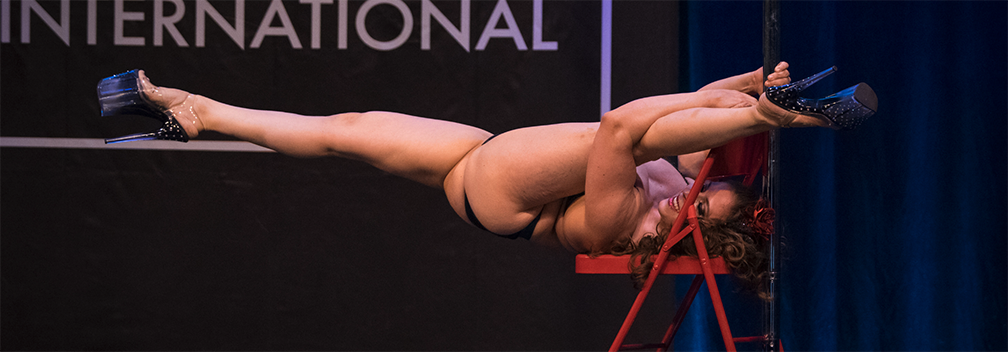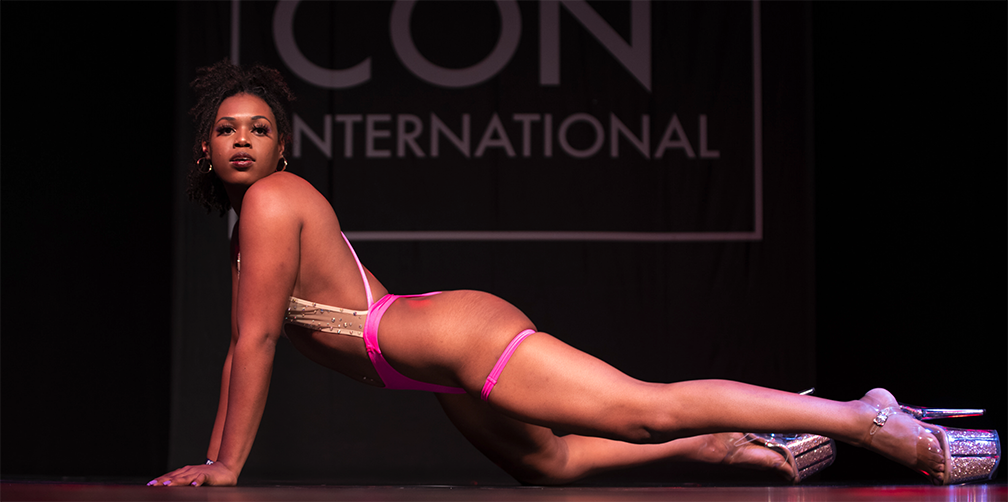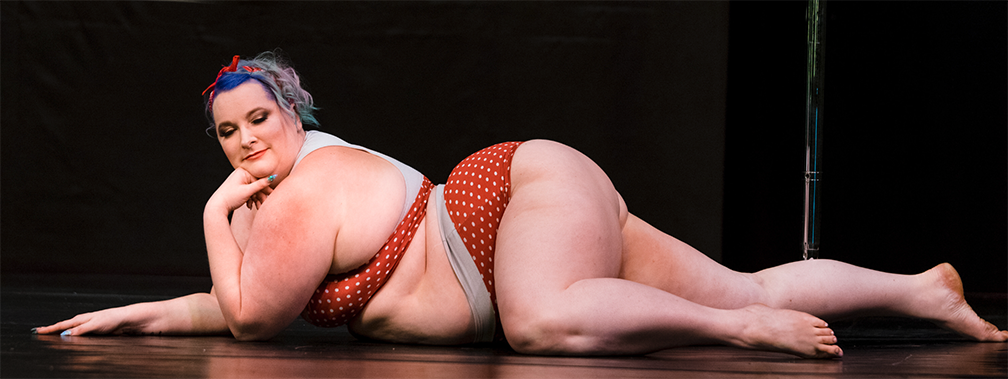Get Your Booty to the Poll (GYBTTP) was a 2020 campaign that used pole dance…

Dance as a Sacred Practice
Last night, I took a non-pole dance class for the first time in a few months.
The instructor had us improv to the lyrics of a song. Creating choreography to lyrics is often the easiest place to start for those new to writing their own choreography.
The instructor gave instructions along the lines of “Listen to the lyrics. What are they literally saying? How can you abstract that? What movements does this inspire?” Which reminded me of a practice called Pardes, from the Jewish faith. Pardes is a Hebrew word with Persian etymology meaning “orchard”. The “orchard” is a metaphor for divine secrets.
Distilled down to it’s basics, Pardes has 4 steps:
- Peshat: the straight meaning of the text (or lyrics)
- Remez: “hints” or deeper meaning of the text (or lyrics)
- Derash: comparative meaning to other occurrences of the text (or lyrics)
- Sod: the secret meaning of the text (or lyrics) revealed through inspiration or revelation.
The cues given by the instructor strongly mirrored the steps of Pardes.
- “What are the lyrics literally saying” is the Peshat, the straight meaning of the words.
- “How can you abstract that” is the Remez, the words tell you what is literally happening, but you have to dig deeper to turn words into movement.
- Having only 3 cues, there isn’t one that directly aligns with Derash, but the repetitive structure of songs provides the opportunity to compare movements abstracted for each verse and each chorus. Just like the chorus of a song may have slight variations between first chorus and second chorus, a dancer’s movements may have slight variations between first chorus and second chorus, even if the lyrics remain the same.
- “What do these movements inspire” is the Sod, the movements the dancer creates based on the meaning they found in the lyrics.
At times, the class was divided into two groups to experiment with movements to a new verse. This allowed participants to observe other students, versus being stuck only in their own heads for the whole class. The moments of observation allowed us to be in conversation by complimenting other students on how they moved, and also pulling inspiration from their movements.
For many, their main pole studio is a place of sanctuary for them. It provides a structure by offering the same classes in the same time slot week to week. It provides a safe space for expression (of feelings and movement). It provides a community one can lean on during hard times. In many ways, pole studios provide all the things the church was meant to provide in days yore (but without the icky judgement and pressure). For many, pole is a ground practice, even if your limbs leave the ground in your combo. Pole can be centering and bring us back to a sense of self after a long day/week/month.
Movement is medicine for the body and mind. If this sacred practice resonated with you, I invite you to explore the orchard, pick the fruit, and enjoy the spoils of your journey.
Latest posts by Cora (see all)
- Keep Getting Your Booty to the Poll - May 30, 2025
- That’s $howbiz, Baby - April 18, 2025
- Are you Overtraining? - January 31, 2025


